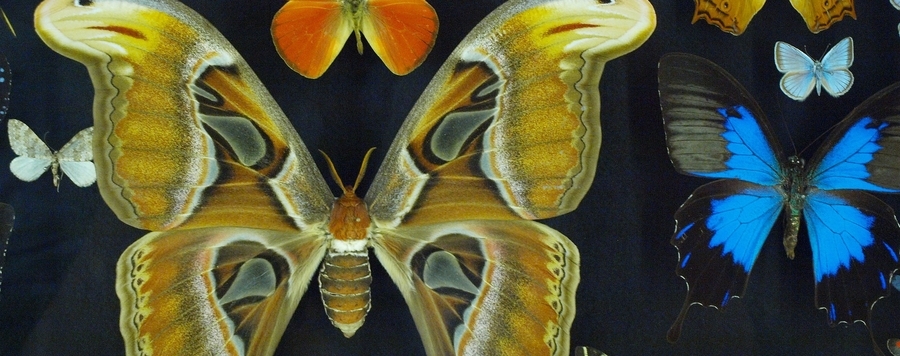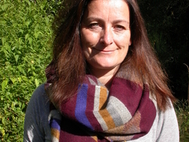
Maria Sibylla Merian Conference In Amsterdam in June 2017
Dr. Katharina Schmidt-Loske (ZFMK) is one of the keynote speakers
On the 8th of June 2017 Dr. Katarina Schmidt-Loske (Research Center of Historical Biology
– Biohistoricum — at the Zoological Research Museum Alexander Koenig, Leibniz-Institute for Animal Biodiversity, Bonn) will give a lecture with the title "Pupa, chrysalis and cocoon".
As an artist Maria Sibylla Merian documented a huge number of insect life cycles. They were published in her Raupenbücher (1679, 1683 and1717) and her Metamorphosis Insectorum Surinamensium (1705). In Amsterdam she had seen a lot of dried specimens of butterflies and moths as part of insect collections from the Dutch colonies. As she was curious to find out about the stages of an exotic butterfly’s life cycle that precedes adulthood (imago), she undertook a costly journey to Surinam. Merian’s illustrations and descriptions of pupa, chrysalis and cocoon were analysed from a biological point of view, giving an impression of her careful observations. In my analysis of these, I will also explain the historical context.
Katharina Schmidt-Loske is the Head of a research centre of historical biology — Biohistoricum — at the Zoological Research Museum Alexander Koenig, Leibniz-Institute for Animal Biodiversity, Bonn. She studied biology in Münster, Bonn and Frankfurt/Main and earned her doctorate from the University of Bonn with a dissertation project entitled Die Tierwelt der Maria Sibylla Merian (The Fauna of Maria Sibylla Merian. Species, descriptions, illustrations). In her recent scientific work she analysed floral and animal depictions in the Tenture des Indes. At the crossroads between science and art, the Tenture des Indes is among the most famous tapestry series of the Baroque period. She is also a founding member of the Maria Sibylla Merian Society.
More informations: https://www.aanmelder.nl/merianconference/wiki/248034/program






